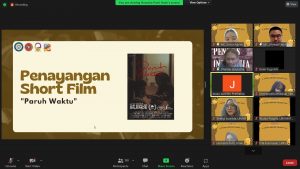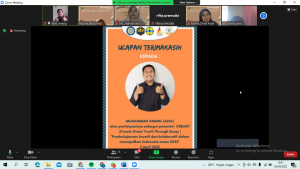This study elucidates the crowdfunding-waqf model (CWM) to overcome financial issues for waqf land development in Malaysia. Realizing that this model has so far remained at best a conceptual framework, this study strives to fill in this gap by investigating the opinions and recommendations of various experts regarding the CWM. As such, empirical research was carried out to determine the range of factors that will impact its suitability, applicability, and prospect in the market that might aid the development of waqf land. This study conducted semi-structured interviews with a range of experts from various backgrounds, and the data were analyzed using thematic analysis.
Findings
There are eight major themes identified from the data analysis.
Importance of waqf properties; according to the experts’ view, waqf is the backbone of Muslim civilization by creating benefits for the society’s well-being. Waqf plays a role in creating goods and services, providing public facilities, contributing to social and economic welfare, and improving people’s living standards. Moreover, waqf also plays a role in helping the government reduce government spending.
Financial challenges; the experts agree that waqf institutions are facing the problem of financing for developing waqf land in Malaysia. the experts noted the following factors leading to this problem; over-dependence on government funds, the mentality of managers, lack of innovation and creativity, and the society’s perception related to profitable waqf.
Importance of crowdfunding waqf model; the experts opined that the proposed model in this study is unique, attractive, and important. There is a need for an alternative model that can attract many contributors for waqf land development.
Suitability of crowdfunding waqf model; the experts agreed on the suitability of CWM to help waqf institutions in terms of providing financing services in developing waqf land by using crowdfunding. The experts argued that crowdfunding is possible to raise funds for developing waqf land because the method makes it quite easy for the donors to be involved.
Institutional platform; SIRC or other third-party entities;the experts agreed to involve SIRC about who should operate CWM. The ownership of the waqf land is in the hands of SIRC, and they are the sole trustee of waqf lands in Malaysia. With the SIRC managing, the project of waqf land will gain high credence from the people.
Sustainability of crowdfunding waqf model; the donors are the main element of the sustainability of the CWM. If a waqf institution wants to maintain its sustainability of funds through CWM, then it is necessary to ensure the continuation of donors. If there is no continuation in funding, then it will affect their sustainability.
Challenges of crowdfunding waqf model; the experts agree that regulations and public awareness involved in the waqf projects are expected to become the main hindrance in materializing the CWM.
Awareness development,the experts highlighted the importance of transparency and accountability in waqf management. The presence of credibility can create society’s confidence toward the role of waqf institutions. Public confidence correlates with donating behavior. Building public confidence results in giving more. Thus, the public would continue their support by donating funds to develop waqf lands.
Conclusion
The findings from the interviewees support the suitability of CWM in providing financing services for developing waqf land. The findings also disclosed that the financial issues faced by waqf institutions in Malaysia happen because of the dependency on government funds, the mentality of managers, lack of innovation and creativity, as well as society’s perception related to profitable waqf. Moreover, the findings also highlighted the importance of CWM operating as a part of SIRC and cooperation with other sectors. Meanwhile, in terms of the sustainability of the model, the interviewees pointed out that the main driver is centered on the donors. Furthermore, the potential challenges that might arise in materializing CWM are related to regulations and the awareness of the people. Furthermore, the CWM offers a guide for its implementation which could be useful for further development of waqf land. It provides an alternative to traditional financial institutions in that regard. It inspires waqf institutions to shift from being dependent mainly on government funds to an alternative source of funding that is based on the voluntary element that is crowdfunding. In addition, the model can be proposed to be modeled after other Muslim countries.
Penulis: Meri Indri Hapsari, S.E., M.Si.
Link: https://www.emerald.com/insight/content/doi/10.1108/JIABR-10-2020-0311/full/html





